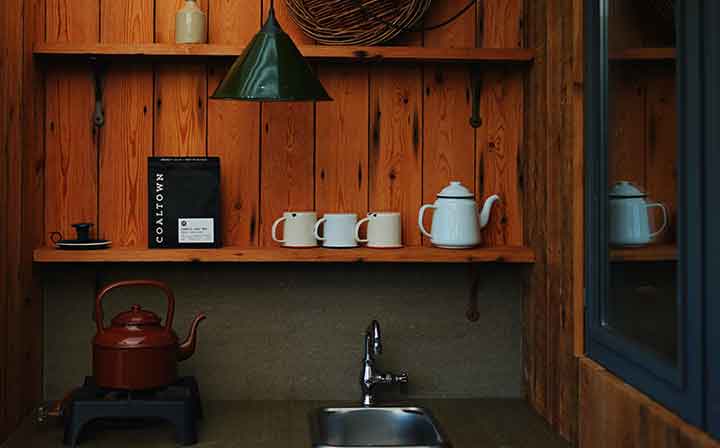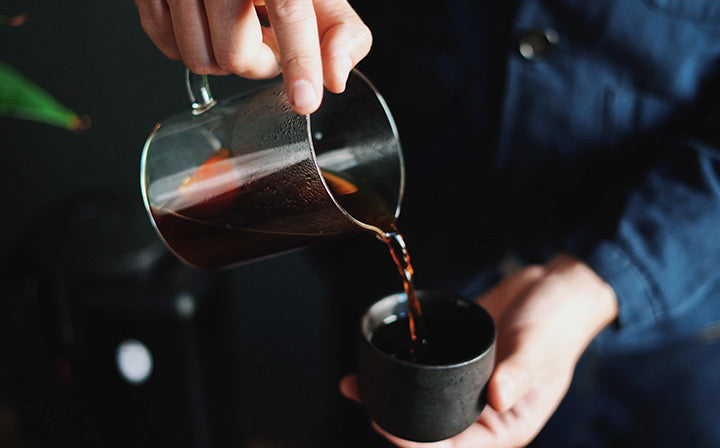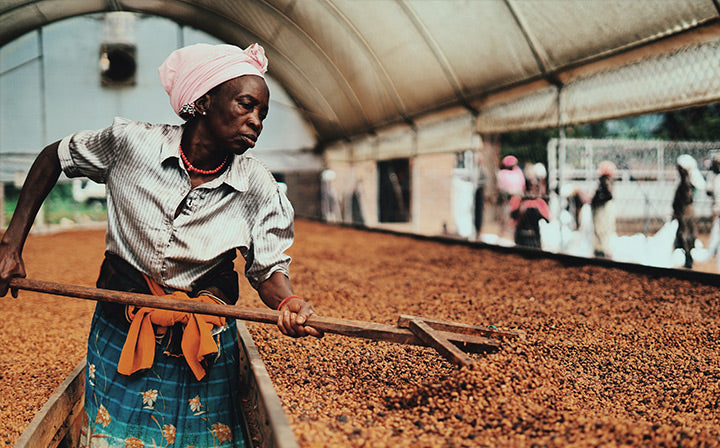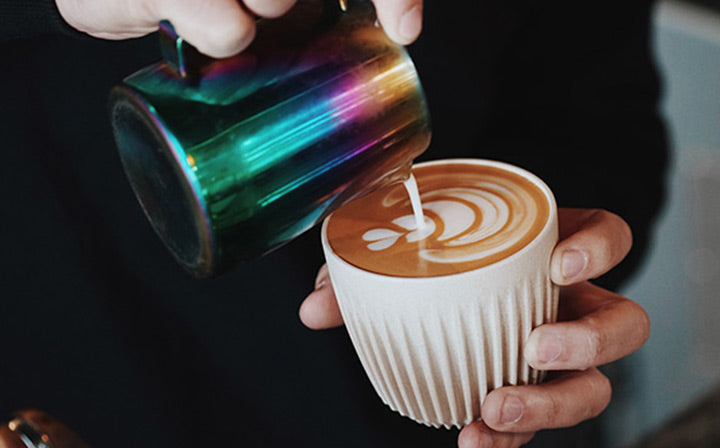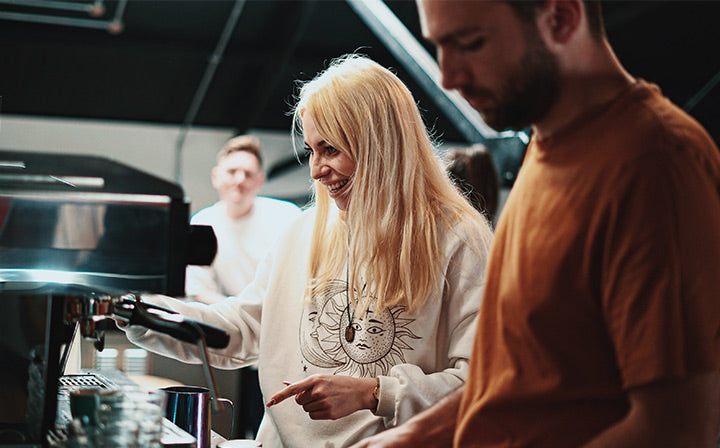A simple guide to coffee tasting notes and the variables that dictate them
Coffee Tasting
Notes
What are Coffee tasting notes,
and how do they work?
We often get asked about the tasting notes of our delicious Coffee. When people read the word “milk chocolate” or “Nutty” on a bag of Black Gold or “honey” and “dried fruits” on a bag of Anthracite, there’s sometimes a misconception that we’ve added flavouring to our Coffee beans. So, in this article, we’ll be talking about what tasting notes are and how the work!
Tasting notes are the unique natural flavour elements that coffee beans have. the best way to describe it would be like different variations of Apples. You can have the sharpness of A granny smith and the super sweetness of a pink lady; both are still apples with nothing added, but they have two completely different flavours.
Similarly to wine, Coffee beans can have varied tasting notes (flavours) depending on where or when it’s grown, how it’s processed, how it’s roasted, the variety of Coffee bean, and even how you choose to Brew your cuppa!
Location
As with most food and drink industries, different locations are equipped to grow different products. The coffee growing regions are focussed on the Equator line as it boasts the perfect climate for healthy Arabica (coffee) plants. Generally, there are three primary coffee growing and exporting areas throughout the world on the equatorial region.
The specific areas are Central and South America, Africa and the Middle East, and Southeast Asia. This area between the Tropic of Cancer and the Tropic of Capricorn is commonly referred to as the “Bean Belt" because nearly all of the commercially grown coffee in the world is produced there.
It is widely thought that the best beans produced are those grown at high altitudes, in a moist, tropical climate, with rich soils and temperatures around 70°F (21°C)—all of which the tropics have to offer. (hence why the UK will never be a Coffee growing region!)
Process
Before becoming the Coffee bean we are all used to seeing, there are a few stages it needs to go through first. The coffee ‘cherry’ has the fruit or pulp removed leaving the seed or bean behind which is then dried. While all green coffee is processed, the method that is used varies and can have a massive impact on the flavour.
Wet / Washed process
In the 'Wet process', the fruit covering the beans is removed before they are dried. The coffee cherries are sorted by immersing them in water. Rotten or unripe fruit will float, and the good ripe fruit will sink to the bottom. The skin of the cherry and some of the pulp is removed by pressing the fruit by machine in water through a screen.
Dry / Natural Process
Dry process, also known as unwashed or natural coffee, is the oldest method of processing coffee. After sorting, the coffee cherries are spread out in direct sunlight, either on large concrete or brick patios or on tables raised to waist height. As the cherries dry, they are raked or turned by hand to ensure even drying and prevent mildew. It can take up to 4 weeks before the cherries are dried to the optimum moisture content, depending on the weather conditions.
Semi-dry / Pulped Natural
Semi-dry is a hybrid process. The process is also called "pulped natural”. or "wet grinding". This process is said to reduce acidity and increase body. In this process, farmers remove the outer skin from the cherries mechanically, using locally built pulping machines. The coffee beans, still coated with mucilage, are then stored for up to a day. Following this waiting period, the mucilage is washed off and the parchment coffee is partially dried in the sun before sale at 10% to 12% moisture content.
Roasting
You may have seen our Roasters on your visits to The Roastery; large machines designed to produce up to 10 tonnes of roasted coffee in 24hours! The Roasters are turned on and warmed up, and in go the green beans. Initially, the process is endothermic (absorbing heat), but at around 175 °C (347 °F) it becomes exothermic (giving off heat). We roast by hand in small batches—our Head of coffee (Mr G, as he is affectionately called) is able to judge the timing and temperature to perfection, delicately drawing out the complex flavour notes from raw green beans.
We carefully study how the beans turn from green through to straw yellow and then finally to rich, sumptuous brown, ready to be brewed into perfect cup. At the end of the roasting cycle, the roasted beans are dumped from the roasting chamber and air circulated with a turning cooling arm.





